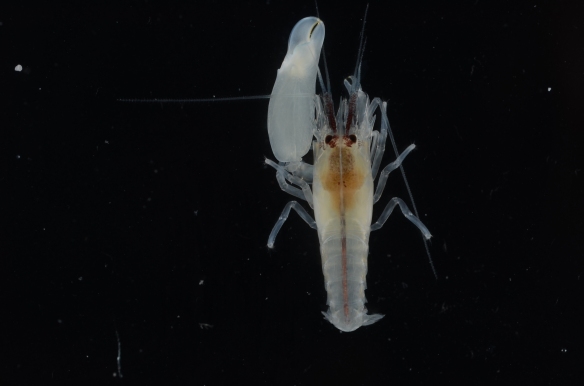Alpheidae is a family of caridean shrimp that contains the snapping shrimp genera Alpheus and Synalpheus, in addition to a few other non-snapping genera. Although the most diverse genus in this family (Alpheus) typically inhabits nearly all tropical and sub-tropical shallow water marine habitats, alpheids in general can be found in many diverse places, from mud flats to coral reefs to seagrass beds, including in temperate waters, with some individuals even inhabiting deep-water Caribbean locales.
I experienced a small portion of this habitat diversity during two field seasons studying Alpheus genetic and cryptic diversity in Bali and Sumatra, Indonesia. Most of our samples were collected from the interstices of dead Pocillopora spp. coral heads (Fig. 1) that were excavated from the reefs, and all others were taken from the surfaces of our Artificial Reef Monitoring Structures (ARMS) (Fig. 2) that were placed on the reefs the year before. During this time, we collected shrimp from 47 unique evolutionarily significant units (ESUs) from many different types of microhabitats on both the ARMS and the coral heads.
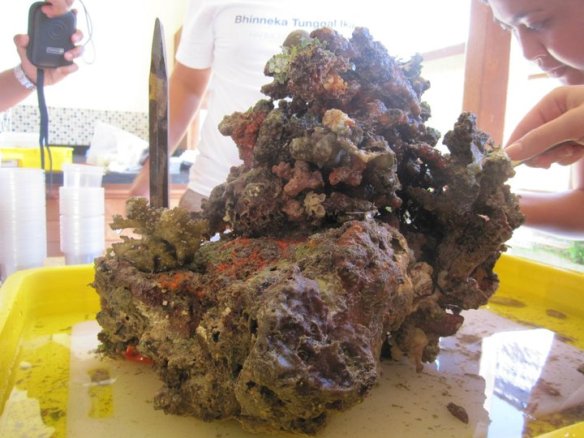
Figure 1: Dead Pocillopora coral head taken from a reef off the shore of northern Bali, Indonesia. All Alpheus samples taken from the head were found in the interstices of the coral (from both living and dead colonies), inside of algal tubes hanging from the head, or within caverns excavated inside of the skeleton itself.
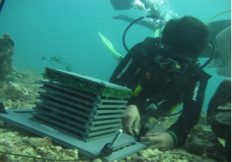
Figure 2: Artificial Reef Monitoring Structure (ARMS) being deployed on a reef flat in Bali, Indonesia. All Alpheus samples collected from the ARMS were pulled from the plastic green scrubby shown here as the uppermost tier of the structure.
One of the many sampled microhabitats was within the crevices of living Pocillopora spp. corals; A. lottini is a mutualistic symbiont of corals of this genus, trading its defensive capabilities in return for shelter (Fig. 3). It has also adopted cryptic coloration patterns for additional protection from predators.
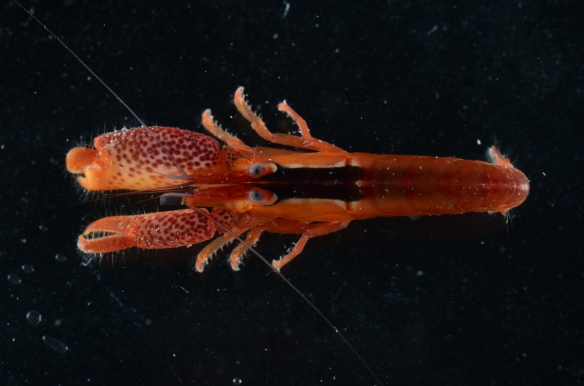
Figure 3: A. lottini individual collected from a section of living Pocillopora coral growing over a dead coral head. It is a mutualistic symbiont of the living corals and its coloration is cryptic among the colony’s interstices.
Another microhabitat we sampled was inhabited by A. frontalis: shrimp of this species formed tubes from algal mats that grew over the dead corals (Fig. 4).
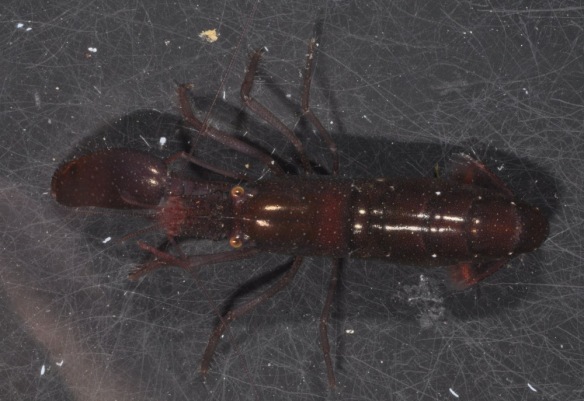
Figure 4: A. frontalis individual collected from within algal tubes it made from algal mats overgrowing the dead coral skeleton.
A. obesomanus, which is recognizable by the distinctive hammer-like dactylus on its major claw, was found within tunnels it had excavated inside the coral’s limestone skeleton using this modified dactylus (Fig. 5).

Figure 5: A. obesomanus ovigerous female collected from a cavity she excavated inside of the dead coral skeleton using the hammer-like dactylus of her major cheliped. She is shown with a bopyrid parasite inside of her carapace.
We also observed shrimps in the genus Synalpheus living with sea lilies – individuals we collected from crinoids of different colors were found to be of the same species complex (S. stimpsonii), but were cryptically colored to match their hosts (Fig. 6).
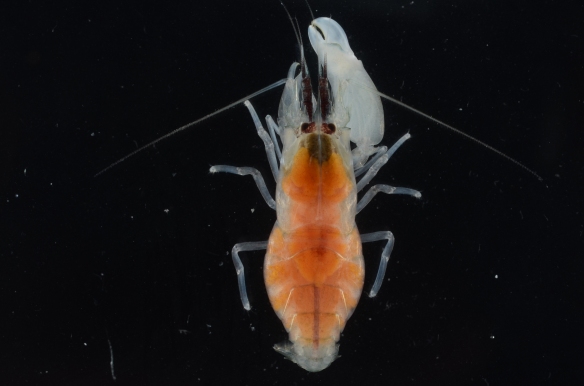
Figure 6a: Ovigerous female of the S. stimpsonii complex collected from the oral surface of the central disk of a yellow crinoid.

Figure 6c: Ovigerous female of the S. stimpsonii complex collected from a black crinoid on the reef flat.
During my time on San Juan Island, I was also fortunate enough to collect a single alpheid representative from the mud flats of Argyle Bay during low tide on July 10, 2013. This individual, of the species Betaeus harrimani, was a commensal of the mud shrimp, Upogebia spp., and was collected from the caverns excavated by the much larger shrimp. The individual I encountered was an ovigerous female that was 4.9cm long (Fig. 7).
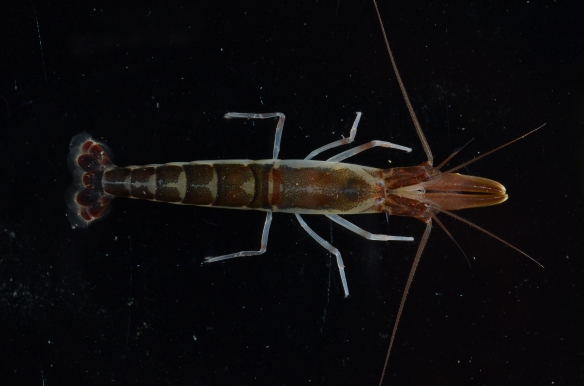
Figure 7: Ovigerous B. harrimani female collected from the cavern system dug by Upogebia in the mud flats of Argyle Bay on San Juan Island.
Betaeus is a minor genus of Alpheidae, containing around 28 species, and in the Pacific Northwest, there are only representatives from two of these species. What surprised me most was that this genus does not possess asymmetrical chelipeds and cannot snap. During my time working with the Betaeus female, I found that instead of snapping to defend herself, like all of the other alpheid shrimp I’ve worked with, she held out her symmetrical pincers in a defensive stance that resembled that employed by many Brachyuran crabs when threatened.
While observing her behavior, I also noticed that she used both her pleopods and her pereopods to locomote. This struck me as odd because I knew she was ovigerous and that caridean shrimp attach their eggs to their pleopods via an adhesive substance. Upon a closer look at her swimming legs, it appeared that the eggs were attached instead to her sternites since the legs and the eggs moved independently while she swam (Fig. 8). In terms of both aerating the eggs and having them remain attached to the body of the mother during development, it would seem as if having the eggs attached to the sternites instead of the swimming legs would be evolutionarily more advantageous.
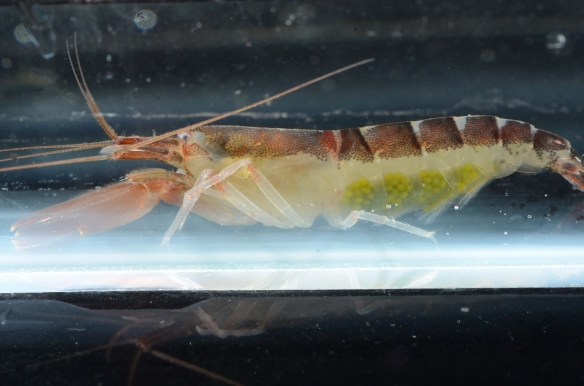
Figure 8: Left lateral of B. harrimani female. While the pleopods are stationary, the eggs appear to be attached to the legs themselves, but while swimming, the eggs move independently of the pleopods.
To conclude, in terms of habitat similarities between all of the alpheids I’ve collected, I would hypothesize that shrimp in this family prefer to live interstitially; every shrimp I have collected was found in some sort of nook, be it made of coral, algae, sponge tissue, echinoderm appendages, plastic (in the case of the “scrubby” layer on the ARMS), or gravel. When removed from this habitat and placed into a dish lacking any sort of overhead coverage, each shrimp tended to display thigmotaxis towards the edges of the container. So although the diversity of alpheid habitat preference is great, environmental coverage appears to be the thread that ties them all together.
Victoria Morgan; Cornell University c/o 2013

